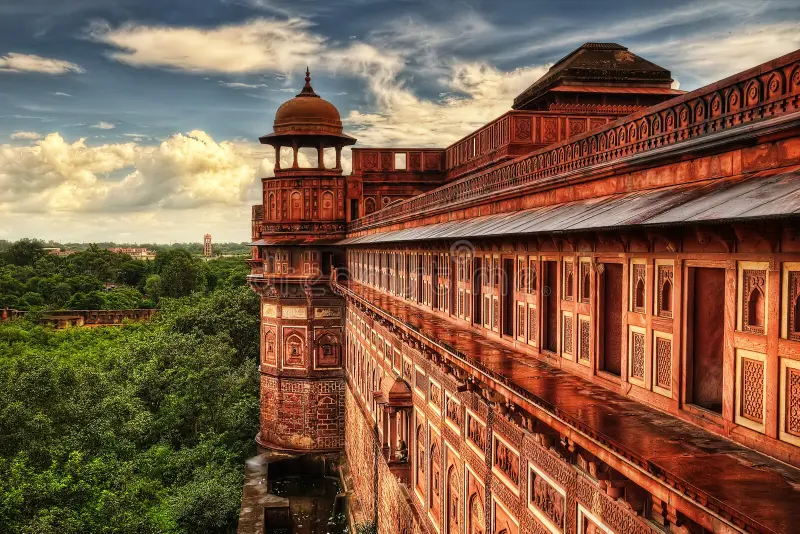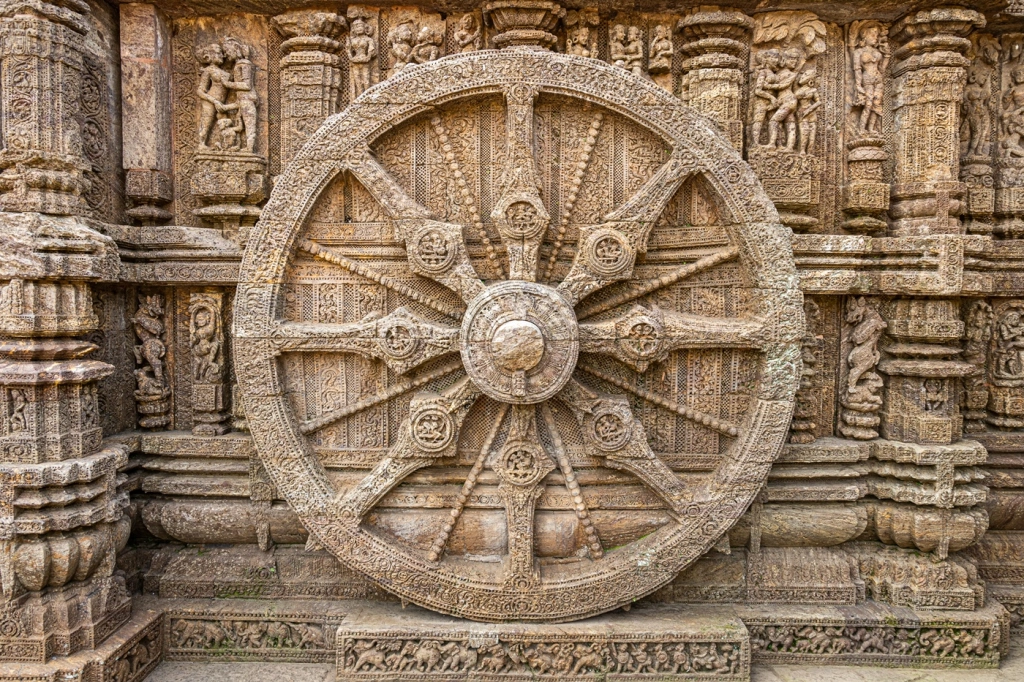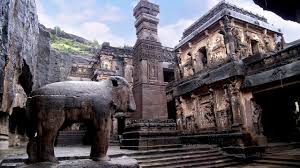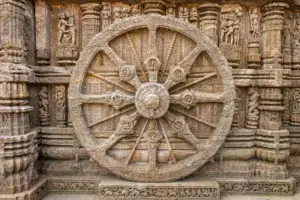
Calling from Indian numbers:+91 90035 36365
Calling from other countries:+91 92822 24365
Business Hours: 9:00 AM to 8:00 PM (IST)
India, a land steeped in history, culture, and breathtaking beauty, is home to an incredible array of UNESCO World Heritage Sites. These aren’t just old buildings; they are living testaments to human ingenuity, artistic brilliance, and the enduring power of nature. Join us on a virtual journey as we explore some of India’s most iconic and inspiring UNESCO sites, perfect for your next dream destination!
India’s past comes alive through its magnificent architecture. From sprawling fortresses to intricately carved temples, these sites offer a glimpse into the lives of kings, queens, and the master artisans who brought their visions to life.
Often overshadowed by its famous neighbor, the Agra Fort is a formidable red sandstone fortress that served as the main residence of the Mughal emperors. Its opulent palaces, grand courtyards, and strategic defenses tell tales of power, love, and betrayal. Imagine walking through the same corridors where emperors like Akbar, Jehangir, and Shah Jahan once resided.

This magnificent tomb, a precursor to the Taj Mahal, is a stunning example of Mughal architecture. Built for Emperor Humayun by his first wife, Empress Bega Begum, it’s a serene and beautifully symmetrical structure surrounded by lush gardens. Its intricate latticework and domed mausoleum are a testament to the sophistication of 16th-century Mughal design.

Dedicated to the Sun God Surya, the Konark Sun Temple is an architectural marvel designed as a gigantic chariot with twelve pairs of intricately carved wheels and seven horses. Though partially in ruins, its grandeur and the exquisite details of its sculptures are awe-inspiring. It’s a powerful symbol of Kalinga architecture and devotion.

India’s ancient artists often chose solid rock as their canvas, carving out elaborate temples and monasteries that defy belief. These sites are not just places of worship but also stunning examples of human perseverance and artistic skill.
Carved into a horseshoe-shaped rock face, the Ajanta Caves are a collection of Buddhist cave monuments dating from the 2nd century BCE to about 480 CE. They house exquisite murals and frescoes depicting the Jataka tales (stories of the Buddha’s previous lives), alongside stunning sculptures. The vibrant colors and delicate brushwork are remarkably preserved.

A truly unique site, the Ellora Caves feature Hindu, Buddhist, and Jain rock-cut temples and monasteries built between the 6th and 10th centuries. The most astonishing of these is the Kailasa Temple, a massive multi-storeyed temple carved out of a single rock! It’s an unparalleled example of rock-cut architecture, demonstrating incredible engineering and artistic skill.

10.00 AM - 6.00 PM